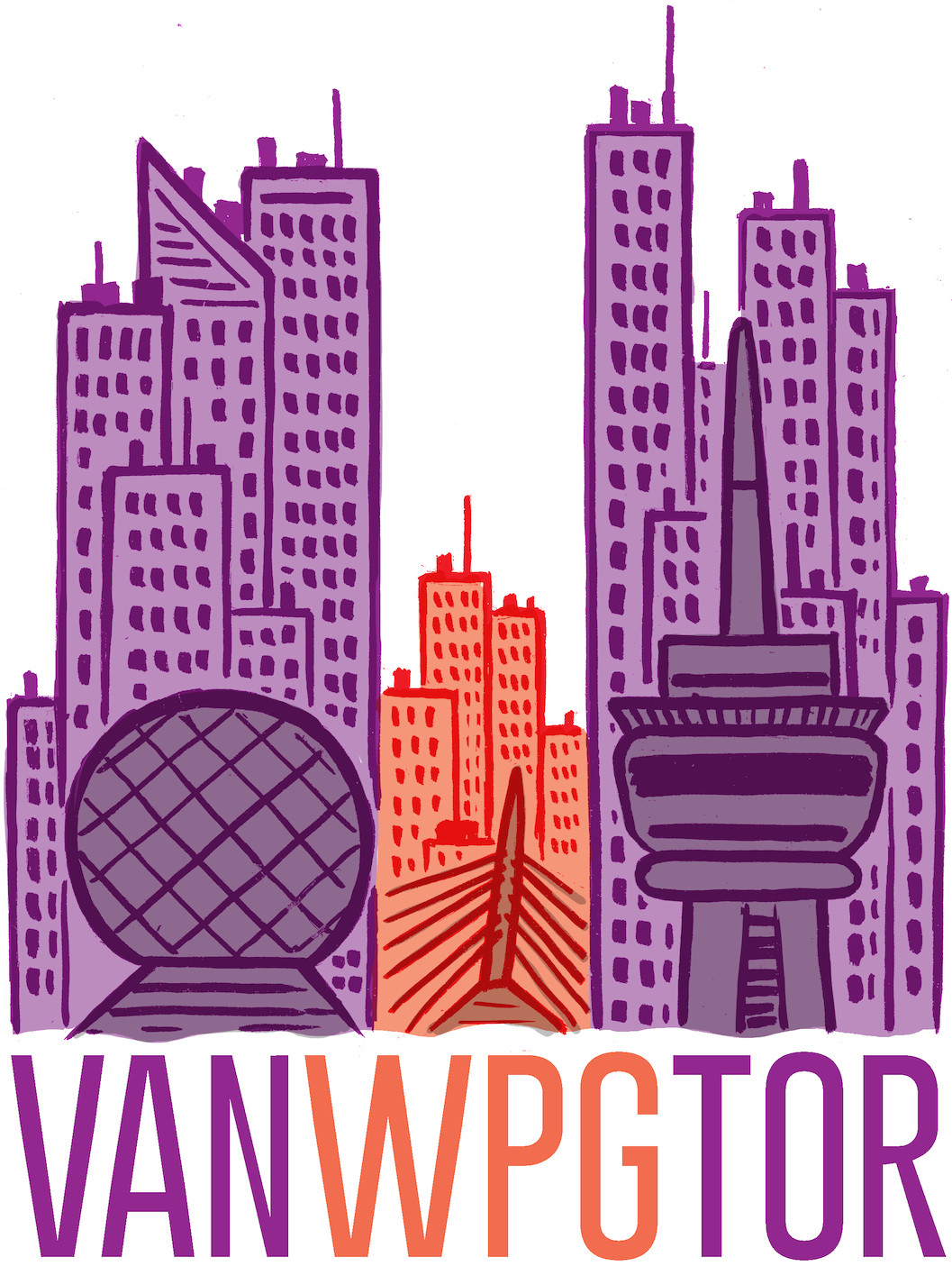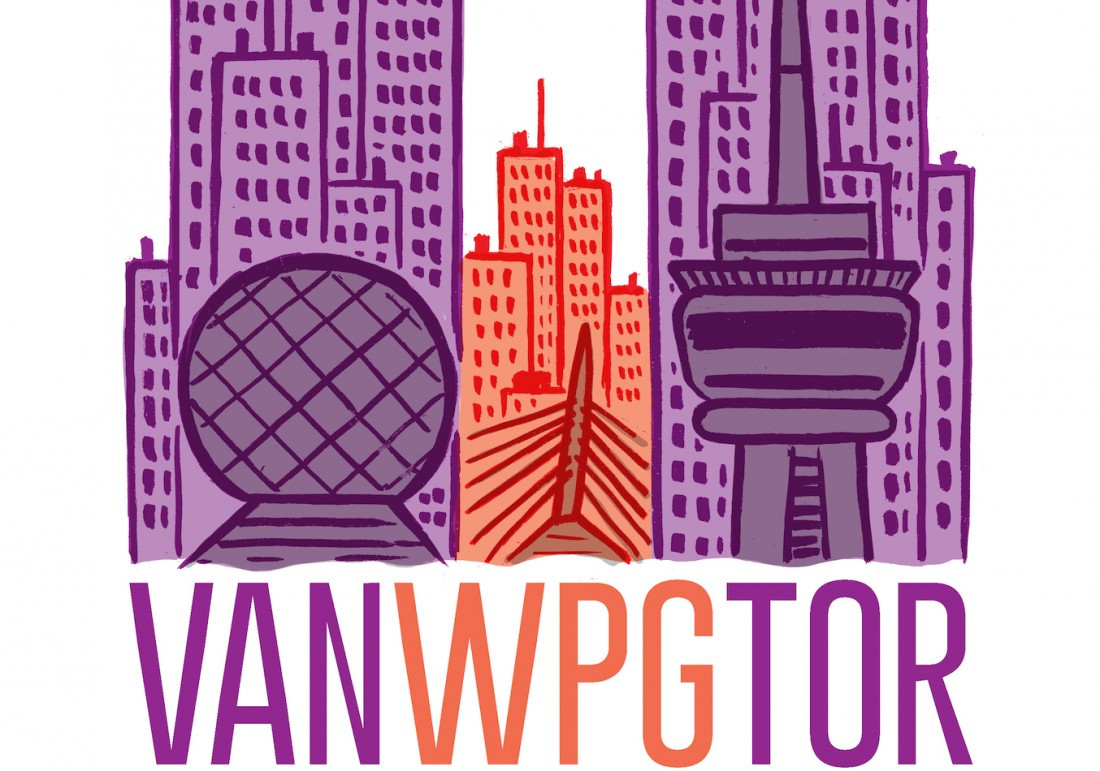Middle of Nowhere
Winnipeg is one great city that never was

It’s not entirely clear what criteria city council used to determine the relative greatness of a place back then. Perhaps the Bombers’ recent (and incidentally still most recent) Grey Cup win had gone to their heads. Or maybe they simply meant that all cities are great, and Winnipeg was only “one great city” among them. Likelier still, the Winnipeg establishment was in denial, as it is today, about the fundamental mediocrity of a city like ours.
I don’t say that Winnipeg is mediocre to convince its residents to leave or to keep visitors away. Nor do I want to simply rehash the self-deprecation that’s so common to folks around here. Instead I want to suggest that mediocrity is not actually all that bad, given the categories of success that actual “world class cities” like Toronto and Vancouver seem to espouse.
Winnipeg wasn’t always mediocre. In the late 19th and early 20th centuries it was the “Gateway to the West”; a boomtown quickly growing with the optimism and vitality of investors and immigrants. In 1920, masons finished building a massive provincial legislature, ambitiously designed to house a government to represent 3-million Manitobans and topped with a then-bronze statue representing “Eternal Youth and the Spirit of Enterprise.”
But booms bust, and the dirty ’30s hit Winnipeg hard. By then, the construction of the Panama Canal had rendered prairie rail-hubs nonessential, and a city-wide strike had curbed the enthusiasm of the city’s top brass.
This is to say that great expectations and unmet potential are deeply rooted aspects of Winnipeg’s identity. While the Second World War and its aftermath jumpstarted most western economies out of the depression, Winnipeg was set back by the Red River flood of 1950, which caused upwards of a billion dollars in damage.
Needless to say, Manitoba never hit 3-million people (we’re currently around 1.2), and Winnipeg’s reputation as the “Chicago of the North” eventually dwindled to the point where, today, the city is referenced most often in pop culture as a placeholder for the obscure everytown.
In The Office, Michael Scott ends up disappointed by a business trip to Manitoba. After meeting a receptionist at the presumable Fort Garry Hotel, he says “A concierge is the Winnipeg equivalent of a geisha. This is a woman who has been trained in the fine art of fanciness and pleasure.” Given his character, Michael’s evaluation of Winnipeg as some exotic locale reinforces the trope that the city’s most defining characteristic is that it might as well be anywhere else. The Simpsons confirms this: as the city’s welcome sign says on that show, “We were born here, what’s your excuse.”
If, for U.S. media, referencing Winnipeg is akin to shouting out Timbuktu, our Canadian neighbours most often treat Winnipeg as an object of derision, assuming and arguing that the city is garbage regardless of whether they’ve actually been here.
Likewise, Winnipeg expats tend to pick up a superiority complex as soon as they leave. Most lifelong locals have at least one Facebook friend who insists on asserting the climatic superiority of the West Coast to no end. A recent Vice.com article called “What It Was Like Growing Up in a City Colder Than Mars” postured as a nostalgic tribute to the city, but effectively wound up rather condescendingly presenting Winnipeg as the quaint type of place you’d leave to move to Toronto and become a writer.
Whether it’s a result of the city’s unmet potential or the onslaught of unsolicited ridicule, there is a sense of quiet disappointment that often comes with living in Winnipeg. Many of us are irrefutably aware that, as Venetian Snares’ Aaron Funk so eloquently puts it “Winnipeg Is a Frozen Shithole.”
Yet while self-deprecation is the status-quo, it’s offset by vehement self-defence. What Winnipegger hasn’t retorted, “well at least it doesn’t rain here every day of the year,” or “actually we’ve got a surprising amount of culture”? These are the types of arguments that must have inspired those “One Great City!” signs, and they certainly still drive the city’s marketing department. And while these sentiments are no doubt true and sincere, they also sometimes feel like desperate attempts to convince ourselves that we’re on par with our neighbours to the east and west.
If there’s such a thing as a Winnipeg psychology, this tension between self-deprecation and self-defence lies at the heart of it. We’re plagued by a nostalgia for a future that never was, forever measuring ourselves against the “world class cities” around us.
We’re compelled to name whatever it is that makes Winnipeg great, all the while self-conscious of such half-hearted appeals to success. What if, instead, we learned to embrace our city in all its mediocrity? This wouldn’t be an admission of defeat, but rather an authentic recognition that Toronto and Vancouver need not represent the pinnacles of success to which all other Canadian cities should aspire.
Today, Winnipeg’s visitors are greeted by signs proclaiming it the “Heart of The Continent.” Such a slogan, both humble and smug, is oddly appropriate for a city like ours. In a way it concedes that our geographical centredness is pretty much all we’ve got going on. But it’s also a dare – an invitation to tell us why your city is so much better than ours.
Winnipeg is a paradox. It’s at once an unspectacular shack amidst the prairie’s desolation and a subtle beacon of Canada’s cultural fringe. It’s a disappointment and a pleasant surprise; an unexpected collision of the peculiar and the blasé. It’s both the middle of nowhere and the heart of the continent, and there’s no reason to pretend it’s anything else.
Tim Runtz is the Comments editor at The Uniter, an associate editor at Geez magazine, and an occasional bicycle mechanic. He deeply regrets never having seen The Weakerthans live in concert.
Published in Volume 70, Number 26 of The Uniter (March 31, 2016)







